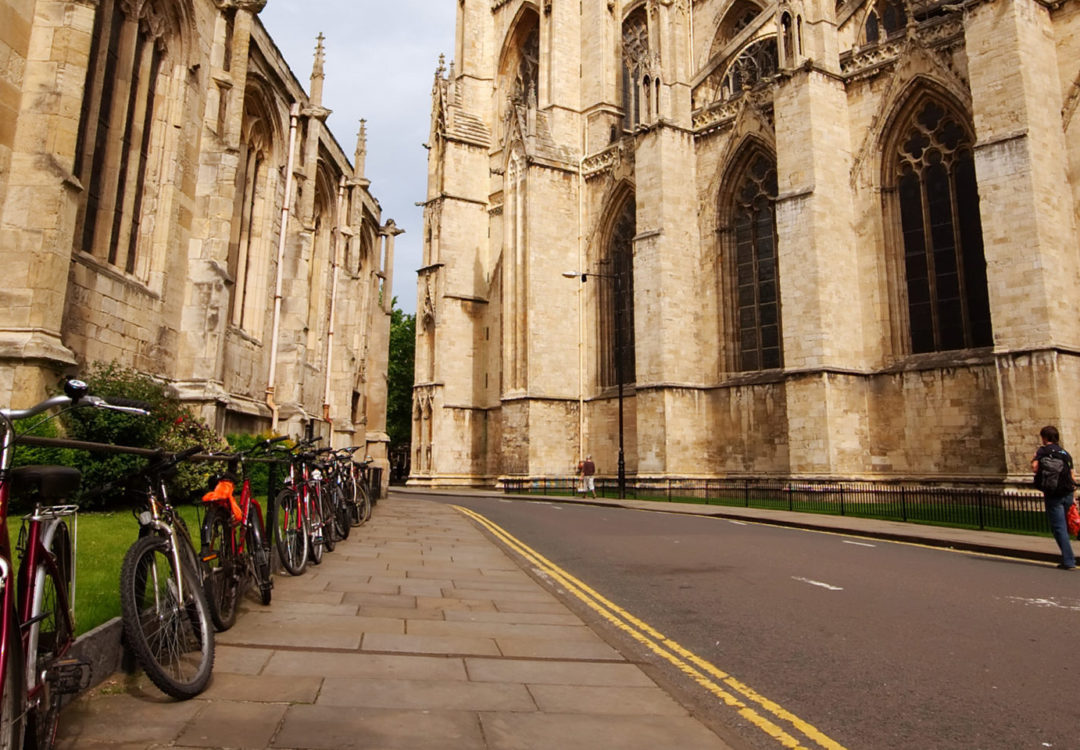Retail Scanner
Application of Cofemel and KIKO
July 2020
Can retail formats be protected by copyright? In April this year the Italian Supreme Court gave its decision in relation to the longstanding dispute between Italian cosmetics company Kiko and its competitor Wycon.
Background
The two have been at loggerheads since 2009, with Kiko alleging that Wycon copied its concept cosmetic stores.
In 2005, Kiko invested a reported 700,000 EUR to develop a new appearance for its stores. The stores comprised of an open space, with walls featuring plexiglass storage boxes for cosmetics products, curved shaped islands in the centre of each store and use of the select colours, namely white, black and purple.
Despite failing in previous attempts, in 2013 Kiko received a favourable judgement from the Court of Milan. The court considered that copyright did subsist in Kiko’s store layout, qualifying as “interior furnishing” under Italy’s open list of works that can be subject to copyright. Further, that this work was original and had been copied by Wycon, so Wycon’s stores infringed Kiko’s copyright rights. Wycon’s actions were also found to be in breach of the Italian Civic Code for “parasitic conduct”.
Wycon, unhappy with the outcome and the cost order of 716,250 EUR, appealed the decision. The Court of Appeal upheld the original judgement on all of the grounds of appeal, including Wycon’s allegation that the work was not an interior furnishing but an interior design which must have “artistic value” in order to enjoy copyright protection. The Court of Appeal dismissed this notion, deciding that the work was more suitably categorised as interior furnishings. Interior design applied to single items such as lamps, chairs, desks and the like. Whereas interior furnishing is more appropriate when considering a combination of elements.
Italian Supreme Court decision
Still unhappy, Wycon took the case to the Italian Supreme Court. This court has the ability to either confirm or reject the ruling of lower courts. It is unable to reconsider the evidence of a case, rather its focus is on guaranteeing the correct interpretation and application of the law.
Essentially, after a thorough review, the Italian Supreme Court endorsed the Court of Appeal’s decision – there was no real change in the outcome for the two parties. But, within the decision, the court considered a number of interesting points of law. The first being the concept of originality post-Cofemel C-683/17, and the second being the cumulation of, but difference between IP rights that can subsist in store layouts and other non-traditional subjects of IP.
Cofemel sufficient originality
One of Wycon’s grounds of appeal considered whether Kiko’s store concept could be considered as original as it, in their view at least, lacked “artistic value”. Prior to Cofemel, this had been an originality requirement in many EU member states.
In Cofemel, the CJEU held that the only requirements for copyright protection are that there must be (1) a work of authorship expressed in an identifiable, precise and objective way, which is (2) sufficiently original in the sense that it is an intellectual creation of the author. This means that the work reflects the author’s personality and displays their free and creative choices. The CJEU left no room for “aesthetic value” which it considered as subjective, contrary to the requirements above.
Therefore, in the Kiko case, the Italian Supreme Court applied Cofemel. The court considered that Kiko’s store layout was an identifiable and recognisable unitary work, consisting of precise choices concerning the composition of the various elements such as, the colours of the walls, the lighting effects, the consistent repetition of decorative elements, the use of particular materials and the size and proportions of the elements. As a result, the store layout could benefit from copyright protection and this had been infringed by Wycon.
This ruling therefore makes it clear, as did the UK courts in the Response Clothing [2020] EWHC 148 (IPEC) case, that post-Cofemel the additional originality requirement of “artistic value” does not apply.
Copyright originality v trade mark distinctiveness
Another interesting feature of the Italian court’s decision is that it considers the cumulation of but distinction between different IP rights.
In 2014 Kiko filed an EU trade mark application for elements of its store layout. Whilst store layouts could in principle act as and be registered as trade marks, as confirmed by the CJEU in Apple C-421/13, Kiko’s application was ultimately refused by the EUIPO Board of Appeal in 2016 on the grounds of lack of distinctiveness.
Still, the Italian Supreme Court noted that this is not relevant to the subsistence of copyright. Each IP right has its own subsistence requirements, to simplify, copyright being that there must be an original work, trade marks being that there must be a sign capable of distinguishing the goods and services of one trader from another.
Indeed, this stance has also recently been taken by the CJEU. In the recent Gomboc C-237/19 judgement, the court made this distinction and confirmed that the refusal of protection for one IP right should not lead to the “systematic” conclusion that the work, design or sign cannot benefit from another form of IP right.
Final comments
This decision should provide further reassurance to retailers that, if ever trying to assert copyright in a non-traditional feature of their business style, such as a store layout, the additional requirement of “artistic value” should not be imposed. Further, that failure to secure trade mark, or even design protection, should not impact the ability to rely on copyright.
The position would likely be more difficult in the UK given the “closed list” approach to copyright works. This has been the subject of debate and was addressed by the UK’s IPEC court in Response Clothing. It is not certain that a store layout would be considered as an artistic work – perhaps a work of architecture or a work of artistic craftmanship? In any case, design protection will likely be the most suitable form of IP protection for a new store design, at least at the outset, until distinctiveness can be acquired through use to afford registered trade mark protection. At which point, a trade mark registration could be secured and provide a longer term of protection if desired.






























